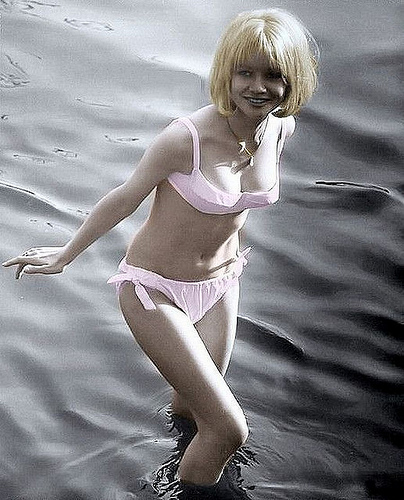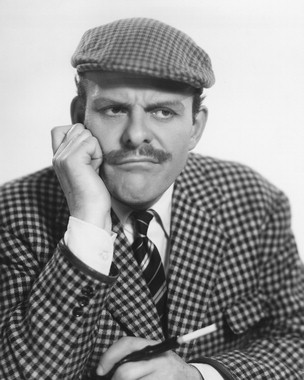|
And as the battle reaches fever pitch, here comes the cavalry into the fray, just in the nick of time...That's right, folks, we've got a few more tasty delights left for your perusal. Do us all a favor and head on over to check 'em out when you get a chance. Over at Classic Movie Hub, Minoo tackles an all-time cinema classic, a movie that truly lives up to the name "epic" - 1962's Lawrence of Arabia, directed by David Lean. (By the way - the 50th Anniversary Blu-Ray of this bad boy is a stunning, sumptuous visual feast.) We're glad to welcome the Metzinger Sisters at Silver Scenes back to the blogathon again, this time to talk about an underrated gem of an adventure flick - North West Frontier (a.k.a. Flame over India), from 1959. I have the Blu-Ray of this title, too, and can vouch for both the quality of the film and the transfer. And last but certainly not least, Kevin at Kevin's Movie Corner unearths a movie both Clayton and I had never heard of before this blogathon but are now salivating to watch: 1939's The Sun Never Sets, starring Douglas Fairbanks, Jr. and Basil Rathbone, just a few names among many in a killer cast. And that's a wrap, everybody! Twenty-three posts over 4 days - not too shabby for our first blogathon. Hearty "Thank yous!" to all the terrific bloggers who gave generously of their time to take part in this event. I apologize for being behind in commenting on everyone's posts (as seems to be the way with these things, the 'thon schedule coincided with a crazy busy time for me at both work and home), but rest assured I'll be leaving messages for each and every one of you over the next few days. Thanks for posting, and reading!
6 Comments
The sun has not yet set on the British Empire blogathon. We've got some more fabulous posts for you today. Fritzi of Movies Silently fame gives us two reviews for the price of one, as she pits the silent 1929 The Four Feathers against the 1939 talkie version. It's a knock down drag out fight, but one version definitely comes out on top (hint: the name of her blog is a clue). Andrew over at History on Film rides with Errol Flynn and Patric Knowles in the 1936 Michael Curtiz-directed version of The Charge of the Light Brigade. Fittingly, he gives some important historical context behind the events depicted in the film. But we're not finished with the Crimean War yet...as the sartorially-astute Miss V. at Girls Do Film covers the much less well-known 1968 version of The Charge of the Light Brigade, providing lots of contemporary 60s era context along the way (not to mention some very striking images and screen caps). Perhaps no other figure more typifies the image of the British Empire in its waning days than Winston Churchill, so it pleases us greatly to have Moon in Gemini examine a film about the man's early days, Young Winston (1972). And lest we start taking things too seriously, Ivan at Thrilling Days of Yesteryear steps back into the wacky world of the "Carry On..." films, this time with Carry On...Up The Khyber (1968). As the unforgettable Kenneth Williams himself once said: "Ooh, matron!" And yours truly has some fun sallying forth with Gary Cooper and company in 1935's The Lives of a Bengal Lancer. Once again, Clayton of Phantom Empires and I would like to give a big shout out to all the great bloggers who contributed to this blogathon. Great job, guys and gals, and much appreciated!
 In many ways, history has not been kind to movies extolling the virtues of the British Empire. It's sometimes hard for modern audiences to watch these tales of derring-do, of courage against the odds and the superiority of the Imperial machine, and separate the dash and fun from the grim political realities of the era, which included the subjugation of indigenous peoples and the marginalization of their cultures. The once-lauded author Rudyard Kipling, for instance, is nowadays practically blackballed from college literature courses and sniffed at by literary critics - a real shame, considering his massive talent as a storyteller. Yet there's something intrinsically appealing about these old-school tales of honor, chivalry and action in far-flung lands. Avoiding this siren call of adventure and heroism out of a sense of political outrage can end up being somewhat akin to throwing the proverbial baby out with the bathwater. I think it's possible to decry the mistakes and atrocities perpetrated during the reign of Empire, while still enjoying these kinds of movies - like many you'll see covered in this blogathon, such as Gunga Din, The Four Feathers, The Man Who Would Be King and many others - for what they are: cracking good yarns, full of dangerous escapades, exotic color and soldierly bonhomie in the face of impossible odds. An exciting, dramatic story with memorable characters, told with at least a modicum of visual flair - isn't that one of the principal things we're all looking for in a movie? If that's the case, then 1935's The Lives of a Bengal Lancer more than fits the bill.  The main protagonist is Lieutenant Alan McGregor, known as "Mac" to his pals (played by Gary Cooper, rock solid as always, though I can't help thinking that pencil-thin moustache he's wearing was a mistake). Mac's a Scotch-Canadian fighting with Her Majesty's 41st Lancers far up in the Northwest frontier of India, and chafing under the strict, by the book command of Colonel Tom Stone (Sir Guy Standing). Stone is given staunch support by his second-in-command, Major Hamilton (C. Aubrey Smith - now there's a proper moustache!) Col. Stone's longtime nemesis is the rebel leader, Mohammed Khan (Douglass Dumbrille); both men are wily old tigers, trying to lure their opponent's forces out into the open where they can close in for the kill. When an officer is killed in a skirmish whilst on patrol, two replacements are soon brought in. One is indolent, insolent Lieutenant Forsythe (Franchot Tone), fresh from service with "the Blues," a regiment, we gather from the occasional smirks from the hardened campaigners of the 41st, that was a prestigious but cushy posting. Forsythe quickly gets under Mac's skin but nonetheless proves a dab hand as a soldier, but the other new recruit is altogether more problematic: Lieutenant Donald Stone (Richard Cromwell), who happens to be the Colonel's son, fresh from Sandhurst military academy. Unbeknownst to the Col., Major Hamilton arranged for Donald to be posted in his father's regiment, to help the old man to see more of his son during the waning days of his career (the Colonel's dedication to duty having resulted in his being an absentee father all the boy's life). A stickler for order, discipline and duty to the Army above all else, the Colonel refuses to show any favors to his son, despite being glad to see him. Stone, Jr. is disappointed in his father's cool reception, but luckily, soon finds a surrogate father in the crusty yet softhearted Mac, whose nickname for the Colonel is "Old Ramrod." Mac does his best to guide the callow young Lieutenant in the ways of a soldier's life on the frontier - much to Forsythe's amusement. When the Emir of Ghopal requests 2 million rounds of ammunition from the British government, Intelligence officer Major General Woodley (Lumsden Hare, in a fun cameo) suspects Mohammed Khan of scheming to ambush the weapons convoy and use the munitions against the British. Woodley sends Col. Stone and his men to pay a visit to the Emir at his palace, under the pretense of a "pig hunt," to suss out the situation. Dressed in full military regalia, Col. Stone, Major Hamilton and our three Lieutenant pals join the Emir in his palace, only to find that Khan is also a guest there. This leads to a civil yet barbed exchange between the old enemies, Col. Stone and Khan:
 Khan happens to be accompanied by a dark, slinky beauty, Tania Volkanskaya (Kathleen Burke), who hones in on the disgruntled Lt. Stone. When Stone leaves the camp against orders, for a secret assignation with Tania, he's quickly captured by Khan's men and brought to a remote retreat high in the mountains far beyond the Khyber. The Colonel adamantly refuses to fall into Khan's obvious trap, so it's up to Mac (under arrest for insubordination) and Forsythe (in charge of keeping an eye on him) to disregard orders, dress up as Pashto rug merchants, infiltrate Khan's stronghold and attempt a rescue. Alas, Tania recognizes the two men despite their disguises, and soon Mac and Forsythe are enjoying a Dr. No moment ("I hope you enjoyed your meal, Mr. Bond...as it will be your last."). The festivities culminate in a round of "lit bamboo slivers under the fingernails" torture for the trio, as the Khan demands information about the route the weapons convoy plans to take. Mac and Forsythe show they have true grit and hang tough through the torture, but young Stone is made of weaker stuff and blabs his guts out before being tossed with the others in a makeshift dungeon (Hammond does nice work here conveying a mix of terrible shame and pathetic "why should I care after the way daddy treated me?" whingeing, which leads to the poetry recitation above that opens this review.) Mac and Forsythe are jolly decent about Stone's breakdown, considering they went through nasty torture for NOTHING, thank you very much, and do their best to maintain that good old stiff upper lip, whiling away the hours of captivity betting on cockroach races, with Mac losing nearly every time (the pals name their competing cockroaches "Khan" and "Tania.") Despite these shenanigans, the two keep their eyes on the prize, constantly on the lookout for escape...and when they see Khan and his Afridi tribesmen prepare to wipe out the incoming Col. Stone's forces, Mac, Forsythe and a redemption-seeking Lt. Stone, come up with a daring, suicidal final plan to destroy the stolen ammunition and even the odds in the Lancers favor... In many ways the spiritual precursor to the much better known Gunga Din, The Lives of a Bengal Lancer is a rousing tale of heroism, friendship, and fidelity to a cause. Based (very loosely) off the autobiography of Francis Yeats-Brown, it's not as opulent a production nor nearly as action-packed as Gunga Din, but is still great fun to watch. Despite being nearly 80 years old, it's a fresh, breezy and engaging adventure, thanks to its timeless themes, affecting performances and witty script. (A lot of writers took a crack at crafting the script, including Yeats-Brown himself, with final "screenplay by" credit going to Waldemar Young, John L. Balderston and Achmed Abdullah.) In many ways the spiritual precursor to the much better known Gunga Din, The Lives of a Bengal Lancer is a rousing tale of heroism, friendship, and fidelity to a cause. Based (very loosely) off the autobiography of Francis Yeats-Brown, it's not as opulent a production or nearly as action-packed as Gunga Din, but is still great fun to watch. Despite being nearly 80 years old, it's a fresh, breezy and engaging adventure, thanks to its timeless themes, affecting performances and witty script. (A lot of writers took a crack at crafting the script, including Yeats-Brown himself, with final "screenplay by" credit going to Waldemar Young, John L. Balderston and Achmed Abdullah.)While there's definitely some good action to be found here (especially during the rousing climax), it's brief and infrequent by action movie standards. The film proves to be less about adventure or even politics during the British Raj than it is a character drama about codes of honor, friendship and fatherhood. These themes run throughout the movie, but it rarely comes off as heavy-handed or turgid, due to director Henry Hathaway's light touch, the script's cheeky sense of humor and the consistently wry, charismatic presence of Cooper and Tone. Their prickly friendship, forged out of equal parts respect, competitive one-upmanship and soldierly bonds, proves the highlight of the film.  Richard Cromwell Richard Cromwell Cooper (who I talked about in some detail previously here), well-known as the strong, stoic type, gets plenty of opportunity to show his lighter, more playful side in Bengal Lancer, as the anti-authority, hotheaded Canuck. Cooper's quietly powerful presence meshes perfectly with Tone's glib suavity and aplomb. (Interestingly, the script wisely explains away Coop's obvious lack of Englishness, but doesn't bother with the only slightly less American Tone.) The two stars make a formidable team, and it's great fun to watch them spark off each other as they grudgingly mother hen the wayward new recruit. Richard Cromwell does what he can with his drip of a character, but despite his solid work, he can't help being overshadowed by his co-stars (unlike in Gunga Din, which got the buddy trio formula just right.) C. Aubrey Smith was the absolute epitome of the "I say, sah!" school of grizzled Brit military man, and his presence in this sort of movie lends it an instant authority. The (very Caucasian) Douglas Dumbrille as Khan seems a reach casting-wise, even for the time, but he brings a nice tinge of Oxford-educated, silky menace to the part. Kathleen Burke is given even less to do than Joan Fontaine was in Gunga Din, just a mere tool to get the plot rolling. But the real acting honors go to Sir Guy Standing, a prominent stage actor who came to Hollywood late in his career. His stiff, military bearing and actual experience in the British Navy made him ideal for parts as commanding officers, but the actor does a great job letting us see the deep, conflicting emotions the Col. barely holds in check. Sadly, Standing's promising screen career was cut short in 1937 when he died from a rattlesnake bite while hiking near his home in the Hollywood Hills. The film deftly mixes in stock footage of actual Indian daily life with action shot on stage and exteriors at a number of Californian locations, including Lone Pine, Buffalo Flats and the Paramount Ranch. I expect some of the long shots depicting Mogala, Mohammed Khan's stronghold nestled in the mountains, were done using matte paintings, but an actual large set was indeed built on the Iverson Ranch for the grand final battle. One assumes Achmed Abdullah's contributions to the script included the various regional languages and dialects heard in the film (including several lines spoken by Cooper). Who knows how authentic it all is, but it sounds right, and that's good enough for Hollywood, and likely most audiences. There are also some interesting reflections on Muslim cultural taboos. For example, one servant tries to kill one of the officers in the camp because he slept with his feet pointing toward Mecca. Col. Stone lets him off with a warning that if he tries to do such a thing again, he'll be hanged and his body sewn up in a pig's skin - a threat used again later, when Mac wants to find out from a captive where the Khan has taken Lt. Stone. All in all, The Lives of a Bengal Lancer serves up the lighthearted Boy's Own Adventure goods all the way, but grounds everything with a strong sense of human drama. It might not be quite as dazzling as all-time greats like Gunga Din and The Four Feathers, but it's pretty dang close. DVD Note: The Lives of a Bengal Lancer can be found on several import Region 2 DVDs, but the version I have is the 2-disc The Gary Cooper Collection from Universal (also featuring Design For Living, Peter Ibbetson, The General Died at Dawn and Beau Geste). It's a good, solid collection with good transfers...and best of all, it's cheap as chips! It's day three of the "British Empire in Film" blogathon, and the contributors are soldiering on with more tasty cinematic treats for your reading pleasure. Le from Critica Retro gives the lowdown on another winner from Hollywood's golden year of 1939, The Rains Came, starring Tyrone Power and Myrna Loy. (Note: hit the Google Translate button at the top of Le's page for the English version of her review). Good pal and all-around bon vivant Sergio at Tipping My Fedora has chipped in with a typically strong review of the 1940 Bette Davis version of The Letter. (He also includes a helpful list of the numerous other versions of Somerset Maugham's tale of passion, lust, betrayal and murder). Rudyard Kipling is of course inextricably linked to the days of Empire, and so it's only fitting that we get to feature another adaptation of one of his works. Over at Speakeasy, Kristina delivers an in-depth, fond look at John Huston's The Man Who Would Be King (1975). Mike of Mike's Take on the Movies somehow manages to keep up the killer pace of reviewing a movie nearly every day - as any blogger knows, no mean feat. Today he takes a look at Richard Lester's cheeky period romp, Royal Flash (also from 1975). Check 'em out while they're hot! We're back again with more terrific blog posts about tales of derring-do and stiff-upper-lippedness in the grand British tradition. Giles at Sometimes they go to Eleven returns with a quick look at the excellent Aussie drama, Breaker Morant (1980) - including a YouTube clip of the film's riveting courtroom defense summation, delivered by Jack Thompson. Over at Silver Scenes, the Metzinger Sisters bring us the first of a one-two punch of adventure and intrigue with this piece on Kim (1950), which features a good late career performance by champion swashbuckler Errol Flynn. Dorian and Vinnie Bartilucci, effervescent hosts of Tales of the Easily Distracted, team up to cover what must be the quintessential Boy's Own Adventure tale, Gunga Din (1939). There's more Roger Livesey action for you today, as Ruth of Silver Screenings digs into that stirring, Technicolor Powell & Pressburger masterpiece, The Life and Death of Colonel Blimp (1943). The indefatigable Laura of Laura's Miscellaneous Musings chimes in with a balanced take on the very fun Tyrone Power actioner, King of the Khyber Rifles (1953). Check 'em out and let the authors know what you think! And we're off! Already some intrepid ladies and gentlemen have sallied forth with posts to kick off our "British Empire in Film" blogathon. Jolly good work, I say, wot? Here's a quick round-up of the tasty Brit pics we've got lined up thus far: Over at A Person in the Dark, Flickchick has a great look at the early talkie, The Letter (1929), starring ill-fated silent screen siren, Jeanne Eagels, (coincidentally, the first person to receive a posthumous Oscar nomination, for her work in this film). And at Sometimes they go to Eleven, Giles serves up some fascinating historical detail in his erudite review of Satyajit Ray's The Chess Players (1977). A Finnish blogger who goes by the nom de plume, "Graduated Cylinder," offers up an image-tastic look at the 1966 epic Khartoum, over at his fun site, Shameless Pile of Stuff. (There's a nice potted history of Sudan included as well.) Caftan Woman has a typically excellent write-up on the Randolph Scott version of The Last of the Mohicans (1936) over at her blog. And from across the pond in Ol' Blighty itself, Jerry Entract chimes in with a fine guest piece on Zoltan Korda's The Drum (1938). (We're proud to host Jerry's review here at The Stalking Moon.) Please do us a favor and head over to the above sites to see what these fine folks have to say about these flicks, and don't be afraid to leave some comments, if so inclined. Thanks again to the above writers for joining Clayton and I on this first day of our inaugural blogathon! Guest author Jerry Entract does not run his own blog or have any involvement in the film industry but is an English lifelong movie fan and amateur student of classic cinema (American and British). His main passions are the western and detective/mystery/film noir. He enjoys seeking out lesser-known (even downright obscure) old movies.  I think the idea for a “British Empire Blogathon” is a great one and thank our hosts The Stalking Moon and Phantom Empires for coming up with it. I am sure the temptation for many would be to treat the subject as a sort of spoof but if I disappoint by treating it “straight”, I apologise (or do I?). This was a BIG movie of its time, filmed by London Films which was owned by movie mogul Alexander Korda who adopted England as his home, both literally and spiritually. His films had “sweep” and expanse and this film was an early use of Technicolor which made all the difference when showing the red jackets of the English Army and the locations in which the film was (partly) shot. I first saw this film some 40 years ago at London’s National Film Theatre, viewing it for the first time as intended – on the big screen. It made an impression certainly and when my new wife and I got our first cat it was named after the central character in the film, Carruthers!! The background to the story is the turbulent north-west frontier of India during the height of the British Raj. As Captain Carruthers (Roger Livesey) arrives to take over command of the garrison with his new wife (Valerie Hobson) he befriends the young Prince Azim (Sabu) whose father is murdered by the prince’s wicked uncle Ghul (Raymond Massey). The prince eventually sounds the alarm that the garrison is about to be massacred by Ghul’s hordes, leading to an exciting and well-mounted pitched battle to close out the story.  Because the film was made in 1938 and by the pro-English Korda the story is very much supportive of the British Empire. It is from the novel by A.E.W. Mason (also “Four Feathers”) with a screenplay by Arthur Wimperis, Hugh Grey, Patrick Kirwan and Lajos Biro. There was involvement of five cinematographers, Geoffrey Unsworth, Christopher Challis, Georges Perinal, Osmond Borrowdale and Robert Krasker. Shooting took place in the Khyber Pass in Afghanistan, regions of India including Kashmir and in the Welsh mountains in Gwynedd. A huge cast was assembled with a number of names down the cast who would later become better known but the lead role was played very well by the under-rated classically-trained actor Roger Livesey. The film is available on DVD from Amazon, among others, having been released in Region 1 format in 2010. It appears to have had 11 minutes shaved off the running time though (be warned). For sweep and cinematic excellence of its day I would recommend this film to all with a little adventure in their soul! Hullo, chaps! Just a friendly reminder from Clayton at Phantom Empires and yours truly, that the "British Empire in Film" Blogathon starts next Friday, November 14th, and runs through the following Monday, November 17th. We're excited to be hosting our very first blogathon and invite everyone to join in the fun with comments and feedback. Many fine bloggers will be doing their stiff-upper-lip part in the name of the Empire, wot wot. You can find the list of contributors and the films they'll be covering here. Please check in here for daily updates, and thanks again for all those who are participating! |
Videophilia!
Opinionated ramblings about new and old movies (mostly old, as that's the way I like 'em!) Blogs of Note
Stuart Galbraith IV's World Cinema Paradise
Movie Morlocks (TCM's Classic Movie Blog) 50 Westerns from the 50s Riding the High Country Sweet Freedom Tipping My Fedora Thrilling Days of Yesteryear Silver Screenings Laura's Miscellaneous Musings Classic TV and Film Cafe Just a Cineast She Blogged By Night Chess, Comics, Crosswords, Books, Music, Cinema Out of the Past - A Classic Film Blog Pretty Sinister Books They Don't Make 'Em Like They Used To In So Many Words... Greenbriar Picture Shows Flix Chatter My Love of Old Hollywood Tales of the Easily Distracted Another Old Movie Blog Lasso the Movies Kevin's Movie Corner Films From Beyond the Time Barrier Carole & Co. Rupert Pupkin Speaks Caftan Woman Vienna's Classic Hollywood The Lady Eve's Reel Life ClassicBecky's Brain Food Hey!
Be sure to subscribe to the RSS feed below, to be informed of new postings! Categories
All
Archives
September 2015
|



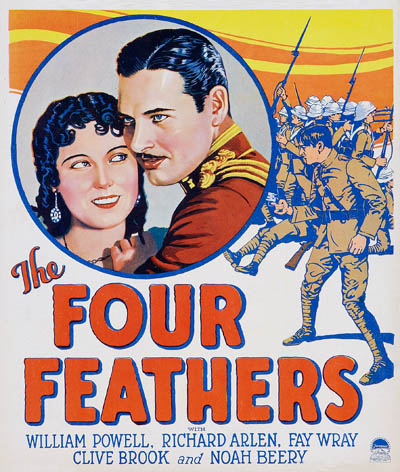



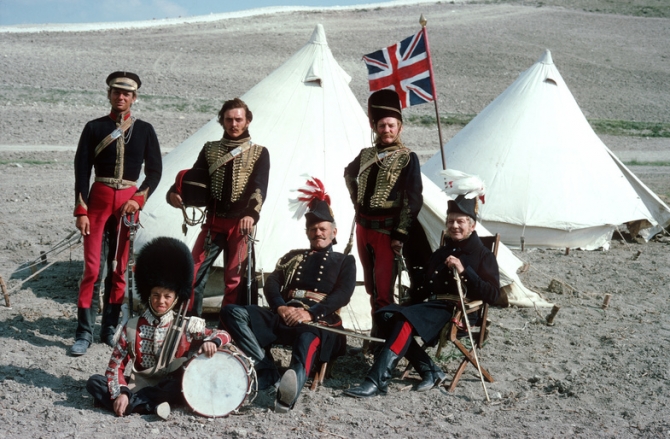

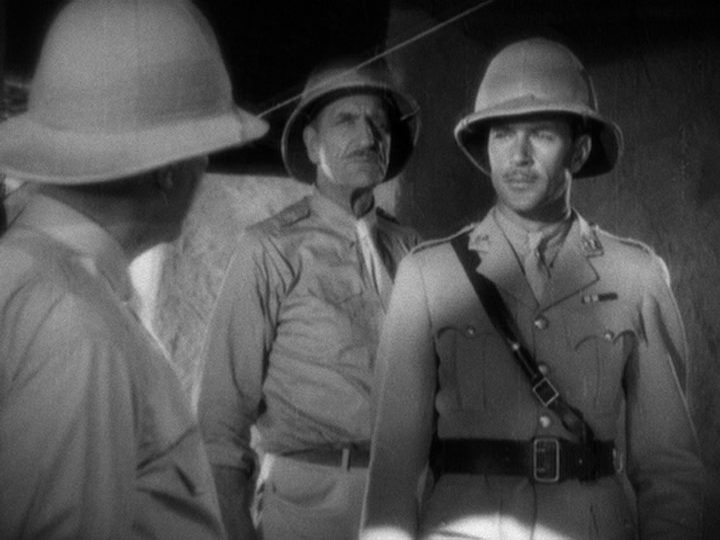



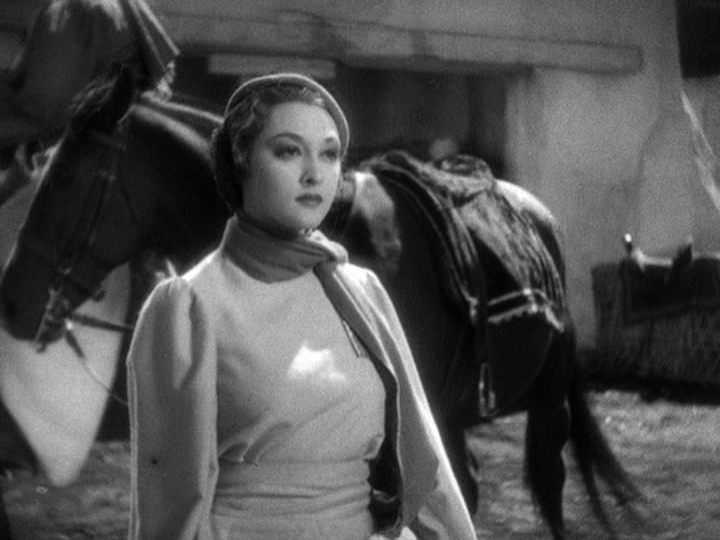

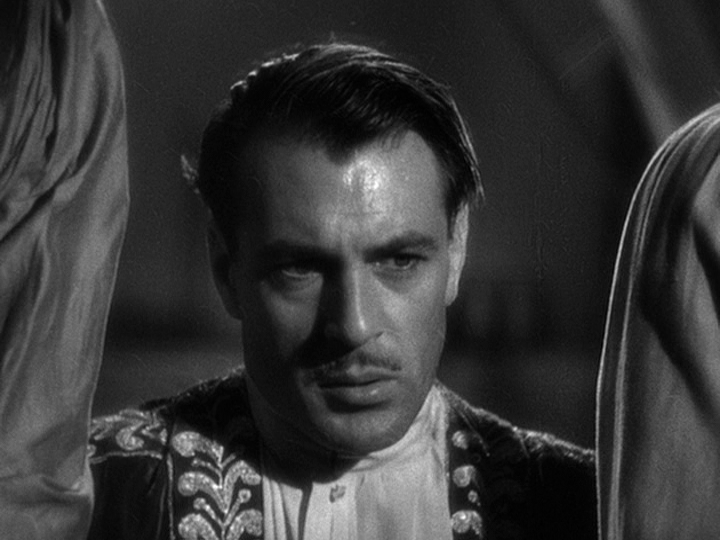


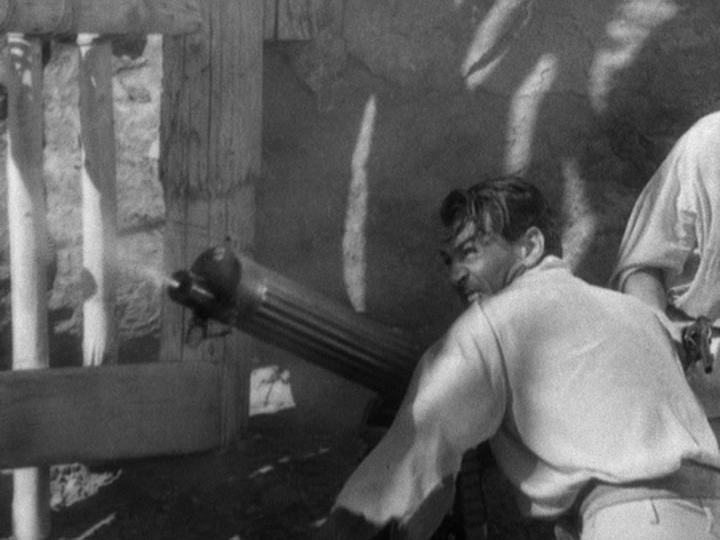













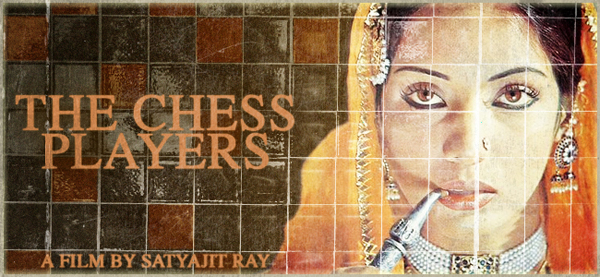







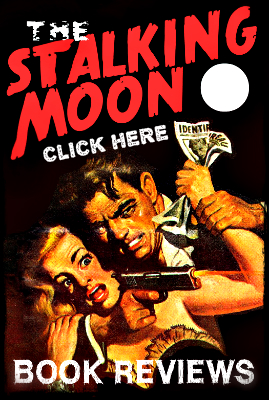

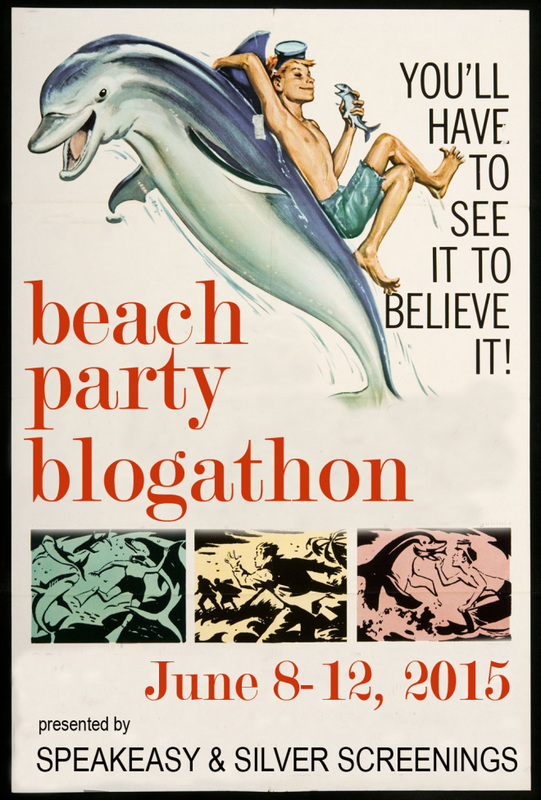
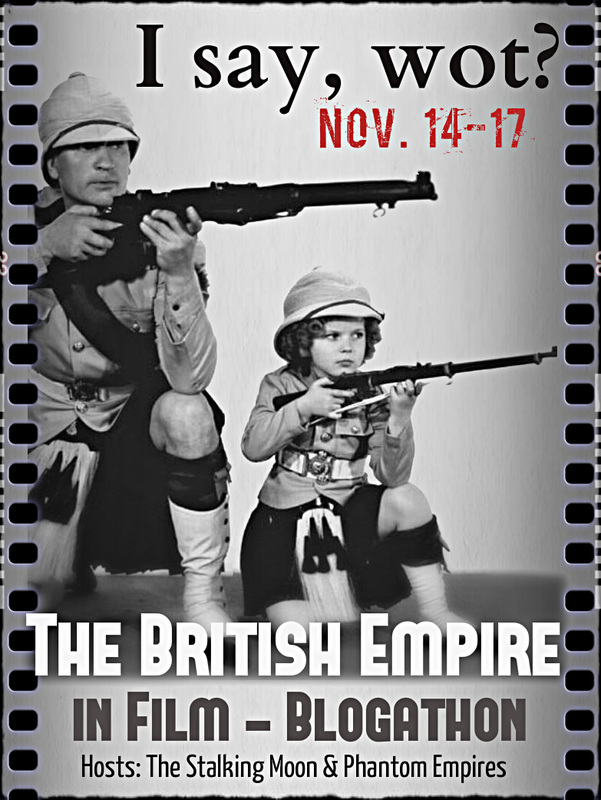


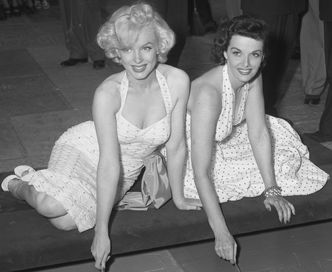
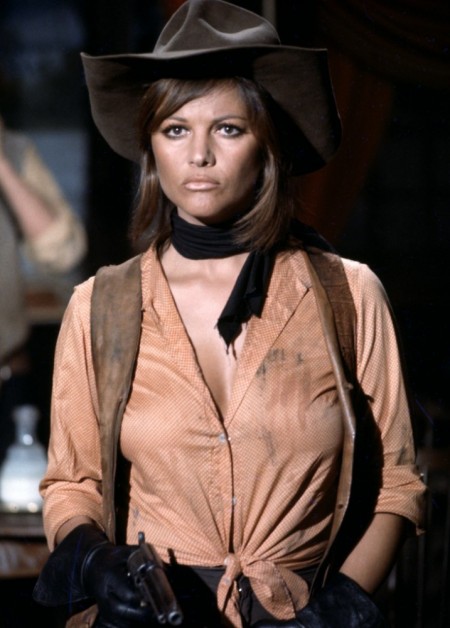























 RSS Feed
RSS Feed




